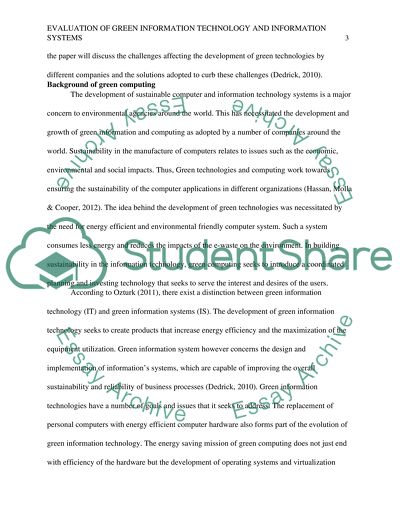Cite this document
(“Green IT Dissertation Example | Topics and Well Written Essays - 3500 words”, n.d.)
Retrieved from https://studentshare.org/information-technology/1488342-green-it
Retrieved from https://studentshare.org/information-technology/1488342-green-it
(Green IT Dissertation Example | Topics and Well Written Essays - 3500 Words)
https://studentshare.org/information-technology/1488342-green-it.
https://studentshare.org/information-technology/1488342-green-it.
“Green IT Dissertation Example | Topics and Well Written Essays - 3500 Words”, n.d. https://studentshare.org/information-technology/1488342-green-it.


